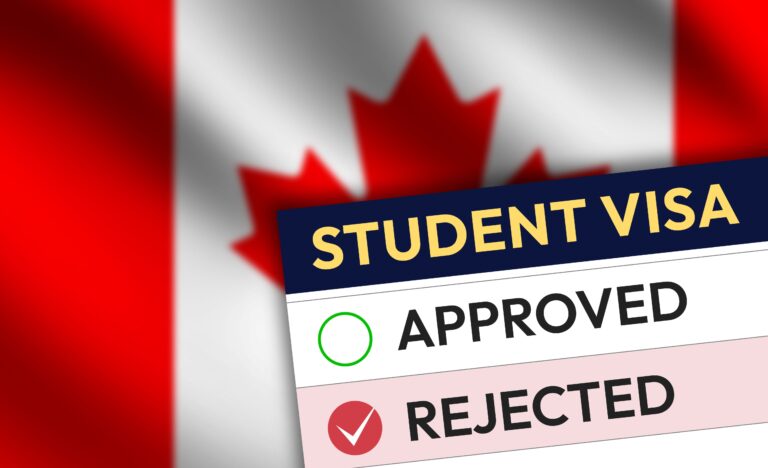What is a breach of contract?
A breach of a contract occurs when one or more of the agreed upon terms and/or conditions of a binding contract or agreement is broken or unfulfilled by one or more of the contracting parties. Anything from a late payment to a more significant infraction, such as failure or omission to perform a specific action or duty, may constitute a breach.
Conditions vs. Warranties:
A contract will typically list the specific provisions that are needed to be completed in order to abide by an agreed upon contract. The terms contained within an agreement or contract can be separated into two categories: conditions and warranties. Depending on whether the breach is deemed to be a violation or breach of a condition or of a warranty, there will be different remedies available to the non-breaching party:
Conditions are the terms of the contract which outline the required actions or steps that the contracting parties must do to fulfill their end of the contract. They are the fundamental provisions that form the basis of the binding contract. There are express and implied conditions typically present in a contract, which may have legally enforceable time limits stipulated. Upon the breach of a condition, the non-breaching party can claim damages as a result of the breach, and can choose whether or not to terminate the contract entirely.
Example: For instance, a seller’s condition for selling their automobile may be that the ownership transfer date must take place on November 30. In this case, if the condition is breached in the sense that the buyer has entered a contract to purchase the automobile and transfer the ownership to their name on November 30, but then is unable or unwilling to take legal ownership of the automobile on November 30, then the seller may consider the buyer to have breached a material condition and has the option to back out from completing the deal. On the other hand, the seller may still want to complete the deal, and can still do so while also making a claim to recover damages from the buyer after the fact.
Warranties act as guarantees that can be written into contacts to ensure the quality, condition, quantity or nature of the goods or services included in the contract so that parties and consumers are protected by way of a genuine assurance and indemnity with regards to an assertion of quality within the transaction. Similarly to conditions, there are express and implied warranties present in contracts, both of which are legally binding and considered to be a further set of rules in addition to the conditions of the contract. Warranties may or may not be provided for with a time limit on the quality of the goods or services contained within the contract. A warranty typically will provide for a specific remedy such as repair or replacement in the event the goods or services fails to meet the warranty provided. A breach of warranty is often not enough to terminate a contract entirely. Upon the breach of a warranty, the non-breaching party is permitted to rely on the warranty and can take legal action to seek legal remedy, such as claiming a refund or damages as a result of the breach. Contrary to a breach of condition, the non-breaching party will nevertheless be required to uphold their end of the contract, even if the other party to the contract has breached a warranty.
Example: In the case of the sale of a used car, a seller’s guarantee or warranty to a buyer may be that the vehicle will be in good and working mechanical condition for at least 1 year after the purchase date. Should the vehicle’s gearbox break down soon after the buyer has driven away from the car lot or within the 1 year stipulated in the warranty and no repair or replacement has been provided, the buyer may be entitled to seek damages from the seller for breach of warranty. However, the buyer cannot go back on the deal and return the car to the seller demanding to refund the consideration that was exchanged as per the contract.
One of the trickiest part of interpreting contracts can be determining whether a breach was significant enough to materially deprive the innocent contracting party of what they would have otherwise had if there was no breach, especially when the conditions and warranties contained in a contract are difficult to differentiate. The circumstances and the way the contract is interpreted will often determine whether a violation of a warranty or condition constitutes a breach of contract.
Remedies:
Damages: A monetary judgment for damages is the default remedy for an innocent or non-breaching party when there is a breach of the contract. Damages are typically awarded on the basis of compensation in a reasonable amount that aims to consolidate the non-breaching party’s interests in terms of their expectations, reliance and overall benefit relied on in the contract. In this way, it aims to place non-breaching parties in the same position as they would be if the contract had been performed. These compensatory damages are assessed using a complicated and fact-based approach and might include lost earnings, interest, and/or additional costs needed to complete the contract. Damages can be awarded for loss of enjoyment, peace of mind, and mental anguish if they stem from the breach, in addition to strictly compensating the plaintiff for the defendant’s breach of the contract. Depending on the breaching party’s conduct and behaviour throughout the duration of the contract, punitive damages may also be granted to the non-breaching party.
Additional remedies include injunctions or specific performance, which refers to a court order which could either require the breaching party to uphold its contractual duties by action or omission, or to prohibit a breaching party from continuing to breach the contract.
Specific performance: A non-breaching party may ask the court for an order for performance under the contract instead of, or in addition to, being awarded damages. This remedy is offered where the non-breaching party in a claim would not be sufficiently compensated by awarding damages alone. For example, if the seller of a particular piece of land fails to complete the deal with the buyer and the buyer’s development project cannot be replaced or compensated for, the court may require the seller to uphold the contract and transfer ownership of the land to the buyer.
Injunction: A non-breaching party may ask the court for an order for an injunction, as opposed to specific performance, in order to prevent the breaching party from committing or omitting to commit an act which would cause violation and breach of contract. For example, when a non-compete clause is included in an employment contract and it has been breached by an employee, an injunction might be the most appropriate remedy as it does not require proof of damages, but instead askes the court to uphold the non-complete clause and forces the employee to leave the new employer.
- Stephen Ben-Ishai & David R. Percy, Contracts: Cases and Commentaries, 10th ed. (Toronto: Carswell, 2018).
- UpCounsel, What is Warranty and Condition in Contract law? online : UpCounsel <https://www.upcounsel.com/warranty-and-condition-in-contract-law>
NOTE: This article has been written for general information purposes only and does NOT constitute legal advice. For further questions and/or legal advice please consult a qualified lawyer.











